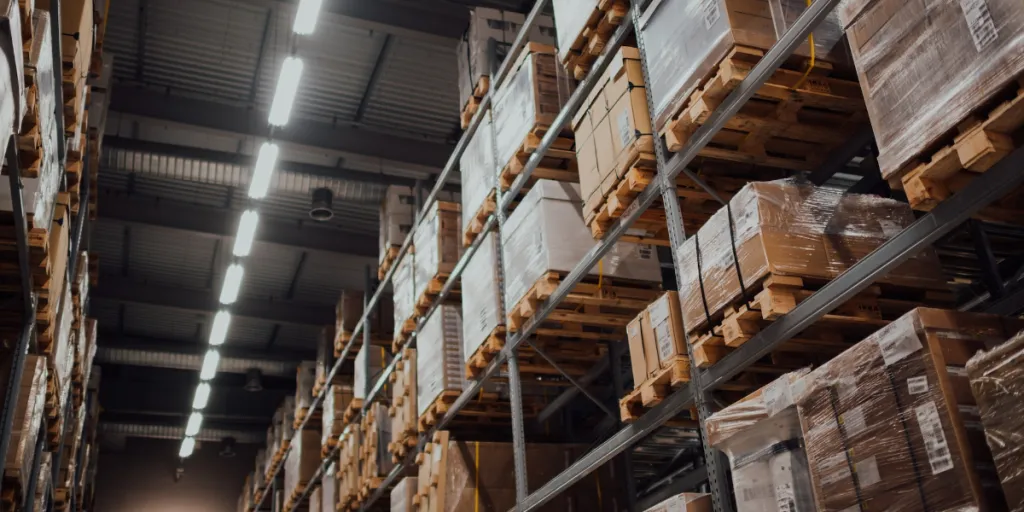The combined capacity of all unsold modules stored in European warehouses has increased from around 40 GW in mid-July to approximately 80 GW at the end of August, according to new figures provided to pv magazine by Norwegian consulting firm Rystad Energy.
“Europe imported roughly 78 GW in the first eight months of 2023, already surpassing what will be installed this year by a good margin,” said Marius Mordal Bakke, senior supply chain analyst at Rystad Energy. “While import data is not currently available past August of this year, the module surplus as of August would have increased to around 80 GW. Unless we see a considerable slowdown in shipments into Europe this number could surpass 100 GW by the end of this year.”
He explained that the utility-scale and rooftop installation share in Europe should be around or between 45%—55% in 2023. “With already high inventory levels in warehouses, mainly residential and C&I, the majority of new imports would likely be for utility-scale projects,” he added. “With import volumes averaging around 10 GW per month from March to August this year, a good portion of these modules will inevitably end up in European warehouses.”
Mordal Bakke said that while most of the stored modules will be for the rooftop PV segments and not large-scale utility projects, which often procure their PV modules directly from the manufacturer, the industry will see n-type modules taking up a larger share of the residential and C&I market. “The year-on-year decline in average PERC and TOPCon prices are fairly similar, while the low-end prices of PERC in Europe could signify an effort to clear stock of the less in-demand p-type modules,” he said. “One would expect the PERC/TOPCon proportion in European warehouses to approach the shipment share of n/p-type towards the end of the year.”
As prices are dropping with seemingly no relief in sight, PV modules purchased and placed in warehouses are losing value every day. “PERC modules bought and stored by a European distributor for $0.23/W back in March are facing an average spot price of $0.16/W today, which could very likely be $0.15/W next month, meaning that one would be incentivized to accept lower bids to clear stock before it loses too much of its value,” Mordal Bakke emphasized.
pv magazine print edition
In the September issue of pv magazine, we examine booming solar markets in Brazil and Mexico; investigate whether TOPCon modules really are more susceptible to degradation than PERC products; attempt to unravel how US solar manufacturers can qualify for domestic content bonuses under the Inflation Reduction Act; and look at how homeowners can achieve the residential solar, battery, and EV dream.
The analyst noted that both distributors of manufacturers operating their own warehouses in Europe may be affected by pressure on prices. “Both are affected in the way that they would want to clear stock before the ‘old’ modules lose too much value, while also making room for new generation n-type modules that are more in-demand and rapidly becoming more price competitive with PERC,” he said. “The price gap between module products from different manufacturers has increased recently, mainly due to different strategic choices. While some manufacturers choose to lower production output in the face of oversupply and falling prices, other producers value their annual shipment volumes, reducing their offer prices and squeezing the gross profit to expand their market share.”
Rystad Energy estimated the total value of the 40 GW of modules stored in mid-July was around €7 billion ($7.3 billion), according to a report released at that time. “With current price levels, however, these would now be worth around €6 billion,” Mordal Bakke said.
Source from pv magazine
Disclaimer: The information set forth above is provided by pv magazine independently of Alibaba.com. Alibaba.com makes no representation and warranties as to the quality and reliability of the seller and products.




